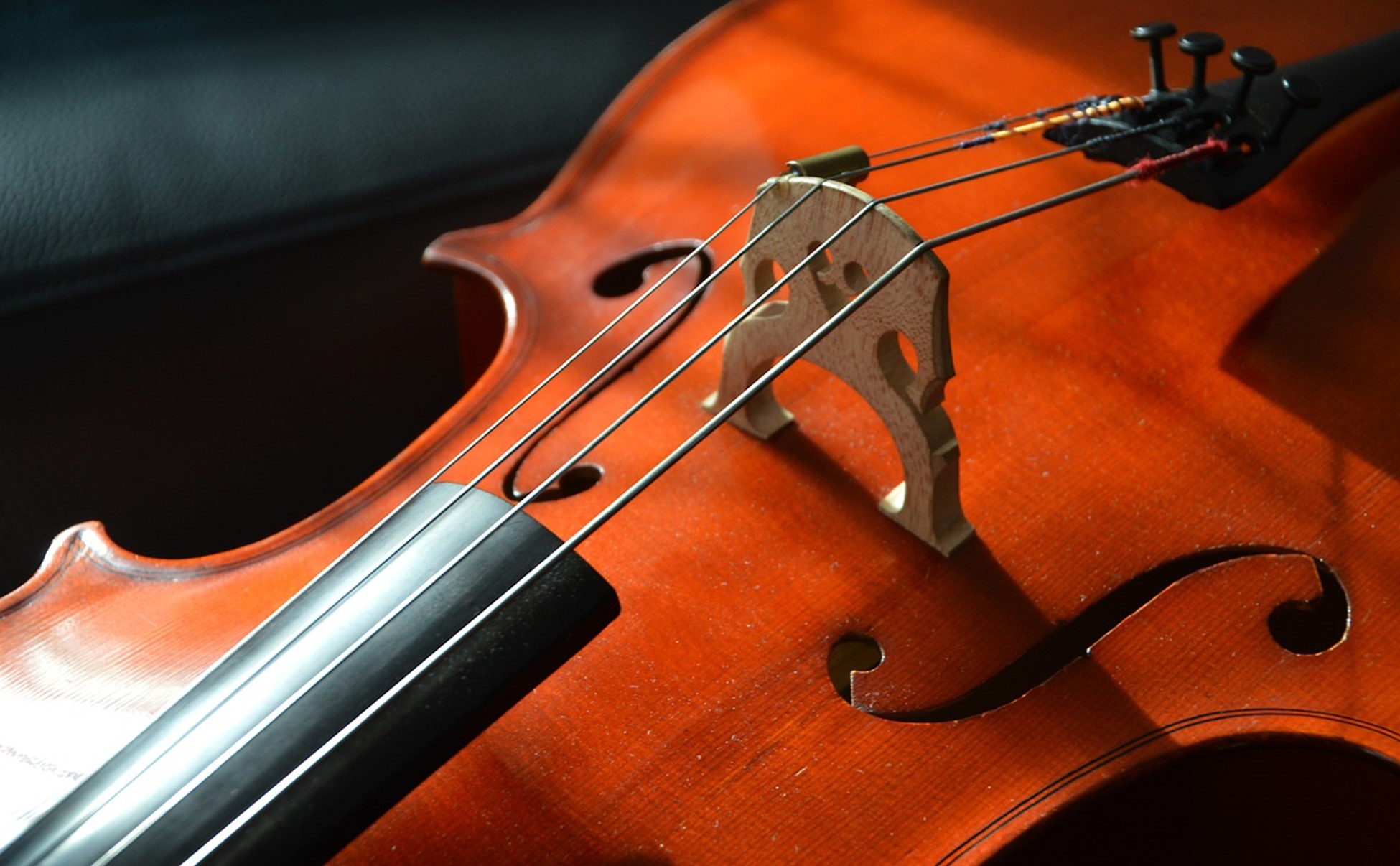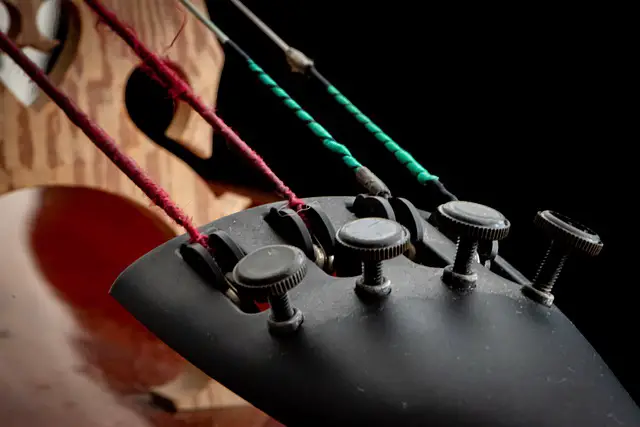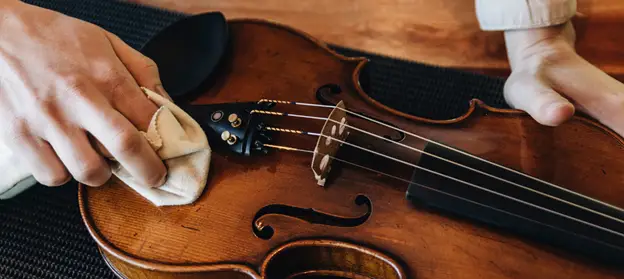
Cello Strings: How to Choose the Right Ones For Your Instrument
The cello strings you use can make a significant difference in your music. Pirastro Chorda strings are subtle and pleasant, making them ideal for ensemble playing; Evah Pirazzi strings from the same brand, on the other hand, are direct and excellent, making them ideal for soloists.
There is a wide range in the middle, and many people find that a cello string set somewhere within the middle works best for them. There is no definitive answer to the question “what are the best cello strings?” or even “what are the best cello strings for students?”: it all varies depending on your skill level and goals.
Steel core strings are perhaps the most commonly used material, best sellers, such as Jargar Superior and D’Addario Prelude, have a steel core. Tungsten cello strings, such as Spirocore, are also widely known.
String gauge is also important to consider: heavier strings have a fuller tone but a slower response, whereas thinner strings have a sharper attack but a slimmer sound. Again, the majority of players prefer the middle, as medium gauge cello strings find the right balance between richness of tone and faster response.
At NT Instruments, we enjoy seeing musicians discover their ideal string combination, but we also encourage experimentation! Also, every instrument has a a lot of untapped potential; a new cello string set can make a huge difference to your music.
Contents
All About Strings
Strings are necessary since they produce the sound that you perform. Without them, your instrument will not be able to produce any sound. Strings are put to the test by players of all skill levels, whether it’s simply creating the right note for a beginner or producing a complicated and personal statement of sound for a high-level artist.
Once a student understands how to find the notes on the instrument, how to produce a pure and clean melody, how to play fairly in tune, and how to use the fine tuners, they are ready to begin exploring their own melodies. At this phase, the beginnings of personal expressiveness emerge. More advanced tone approaches and techniques are taught to the student, resulting in a much wider range of tones.
This is required for two reasons: The work at hand necessitates a specific tone, and the player wishes one.
String selection is a blend of science and art for more sophisticated and professional players. This article is primarily concerned with the scientific aspect. Because there are so many options for string tension, gauge (thickness), core materials, and winding materials, understanding how strings make a tone can be beneficial. There are numerous resources, including methods and graphs, that describe in detail the physics of strings.
We’re not going to get into anything that technical here! Spending 10-15 minutes reading and digesting the following section, on the other hand, would be a wise investment.
Why Are Steel Strings Good For Beginners?
The material from which a string is made has a significant impact on how it behaves. Steel is used as the core material in a large number of beginner strings. Steel provides accuracy, a simple and direct tone, easiness of pressing down due to its thinness, and is intended for use with the fine tuners on the tailpiece.
Steel strings are extremely difficult to tune with pegs due to the physical properties of steel: very minor differences in string length result in big variations in pitch.
String Maintenance
Today’s strings are design marvels with advanced and powerful manufacturing. They are made to exceptionally close tolerances from high-quality materials. As a result, the sound, performance, and dependability are exceptional.
Despite this, every player has encountered string issues occasionally. This section discusses the major causes of these issues, beginning with string maintenance… because an ounce of prevention is worth a pound of cure. The truth is that the majority of string issues are easily avoidable.
It’s a proven fact that clean strings outperform dirty strings. Clean strings vibrate freely because that is how they were intended to. Every day, before putting your instrument aside after playing it, clean the strings with a tidy, dry cloth, preferably of soft cotton or silk.
This removes a large portion of the rosin dust that has gathered during play before it becomes caked on and hard to remove. Make sure to clean both the top and bottom of the strings. Using a mechanical string cleaner, such as the Tone Gear String Cleaner or the Nomad Tool, makes the job easier. If caked rosin is difficult to remove, try a liquid string cleaner like Royal Oak. If you use alcohol to clean your strings, make sure it doesn’t come into contact with the varnish, as it can damage them.
Cello String FAQs
How should I go about picking out a cello string?
A thicker string creates more tone but has a slower response; a thinner string produces a quicker response but at the expense of a thinner, lower volume sound.
How frequently should cello strings be replaced?
It is recommended that beginner and intermediate students should replace their strings every 10-12 months, or when they show signs of physical decay. Advanced student cellists who practice on a daily basis should replace their strings every 8-12 months, based on how many hours they practice and perform.
Is it necessary to clean cello strings?
You may believe that because your cello always looks perfect when you come to play it, it does not require cleaning. But you’d be mistaken! Simply playing your cello dirty it, and a clean cello works and sounds better!
Does an Electric Cello also need specific strings or standard acoustic strings?
Standard cello strings are fine for electric cellos. Helicore strings are the most popular strings among electric players, and are reasonably priced. Steel (or braided steel) core strings translate well through the pickup, but synthetic/nylon core strings are good too, they’ll just have a more mellow sound.
- Viola vs Violin – 5 Key Differences Between The Two Instruments - March 20, 2024
- 15 of the Most Famous Violinists of All Time (18th Century to Present) - March 20, 2024
- Full School Band Instruments List (Elementary / Middle / High) - March 18, 2024


